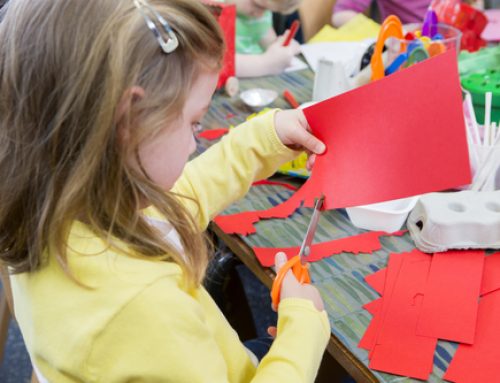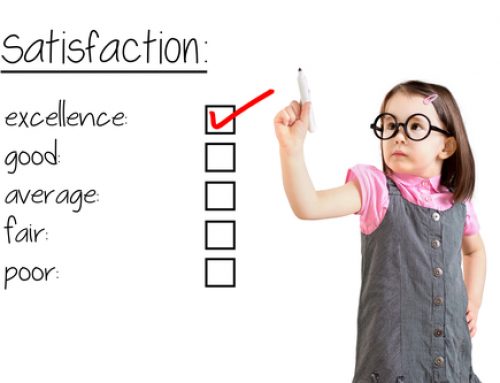 Setting goals can provide children with valuable life skills such as commitment, persistence and responsibility. Goals can be used to help extend the capacity of a child and provide a sense of achievement upon completion of a goal. It is also part of the pedagogical practice of educators to develop ‘planned experiences’ in which learning objectives such as goals are used in order to assist children to achieve developmental expectations and milestones¹.
Setting goals can provide children with valuable life skills such as commitment, persistence and responsibility. Goals can be used to help extend the capacity of a child and provide a sense of achievement upon completion of a goal. It is also part of the pedagogical practice of educators to develop ‘planned experiences’ in which learning objectives such as goals are used in order to assist children to achieve developmental expectations and milestones¹.
NQF 4.1 Children develop dispositions such as curiosity, cooperation, confidence, creativity, commitment, enthusiasm, persistence, imagination and reflexivity.
Knowing a child’s strengths, weaknesses and interests is essential in formulating relevant and engaging goals for a child. As an educator it is good practice to use intentional teaching strategies to scaffold and extend a child’s learning to build the necessary confidence and skills to achieve successful outcomes.
NQS 1.2.2 Educators respond to children’s ideas and play and use intentional teaching to scaffold and extend each child’s learning.
Utilising the S.M.A.R.T. system to design well defined goals will assist in the assessment of goal achievement.
S.M.A.R.T. is an acronym for the 5 steps of: specific, measurable, attainable, relevant and timely goals.
Specific
The goal is clear and specific.
- What is going to be achieved?
- What are the steps involved in achieving the goal?
- When will it start and finish?
- Where will it take place?
Measurable
The process of achieving a goal must be observable and measurable. To define a goal answer quantifiable questions such as:
- How much?
- How many?
- How will I know when it is accomplished?
Attainable
The goal should be age appropriate and within the developmental realms of achievement. Further consideration should be given to the individual’s ability to achieve the goal.
- How can the goal be accomplished?
- Is this goal challenging or to hard/easy?
- How realistic is the goal based on the child’s ability currently or developing?
Relevant
Choosing goals that matter and are relevant to a learning proposition.
- Does this relate to a learning opportunity?
- How is the goal going to develop the child in this context?
- Does the child need development in this area?
- Does the child care about the outcome?
Timely
A goal limited by time will help focus efforts. The time limit must be considered carefully as allowing too much or too little time can de-motivate a child. A shorter time period for younger children is ideal to maintain interest.
- Is there enough time to complete this?
- When is the earliest this could be finalised?
- Is there a contingency for unforeseen setbacks?
Are there other things which need to be considered when setting goals for children? Please feel free to share your thoughts and experience with others in the comments section below.
References
¹ Educators Guide to the early years learning framework (p55).
Check out Reflective practice for educators for great tips of improving reflective practice, or 15 Questiosn to help find your intentionality.









Setting goals for children is essential for fostering growth and development. This article offers practical and insightful tips on how to set smart goals that align with children’s unique strengths and interests. A valuable resource for parents and educators!